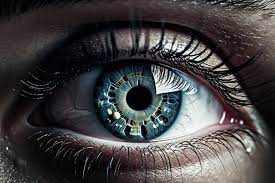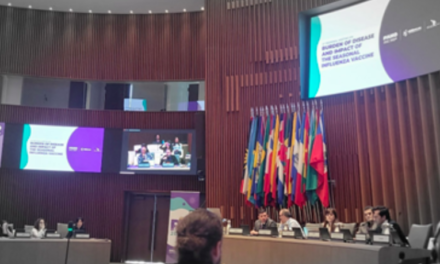A recent study has found that human breast milk may enhance the healing of corneal wounds, offering a potential new avenue for treating eye injuries. The cornea, the transparent outermost layer of the eye, plays a critical role in focusing light and ensuring clear vision. Corneal wound healing is a complex biological process involving cell death, migration, proliferation, differentiation, and extracellular matrix remodeling.
Ophthalmology researchers from the University of Colorado conducted the study, which demonstrated that when applied to wounded corneas in animal models, human breast milk increased re-epithelialization, a key aspect of the healing process. The eyes treated with human breast milk exhibited higher levels of Ki67, a protein associated with actively dividing cells. Rapid recovery is vital in such injuries as it minimizes the risk of infections that could lead to further complications.
“The sooner that wound can heal, the better. Human breast milk seems to stimulate that process,” said Mark Petrash, Professor of Ophthalmology at the University of Colorado.
Although the precise mechanism remains unknown, researchers believe breast milk shares properties with serum tears, a treatment derived from a patient’s own blood. Serum tears contain proteins and growth factors similar to natural tears and are used for severe dry eye and inflammatory eye diseases. This similarity suggests that breast milk may possess therapeutic properties that aid in corneal healing.
Despite the promising findings, researchers emphasize that this study is only the beginning. The study, published in the journal Current Eye Research, highlights the need for further research to determine which specific components of breast milk contribute to its potential healing effects.
“Breast milk itself is very complicated. There are sugars, carbohydrates, and lactose. There are a lot of proteins that have human growth factors and different kinds of biological properties. It would be really good to know what is it about breast milk that makes it so therapeutically promising,” Petrash added.
Disclaimer:
While these findings are promising, the research is still in its early stages. The use of human breast milk for corneal wound healing has not been approved for clinical application, and individuals should not attempt to use breast milk as an alternative to prescribed medical treatments. Further studies and clinical trials are necessary to confirm its efficacy and safety.











